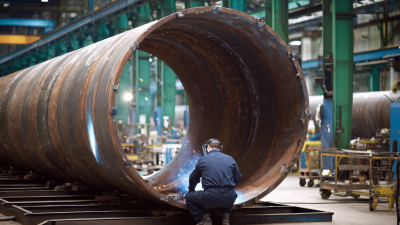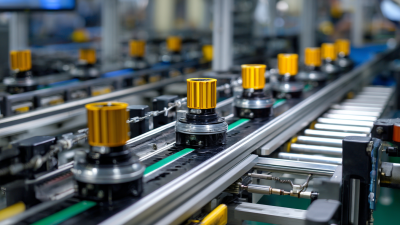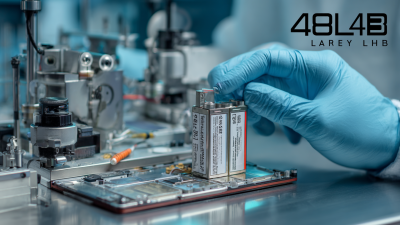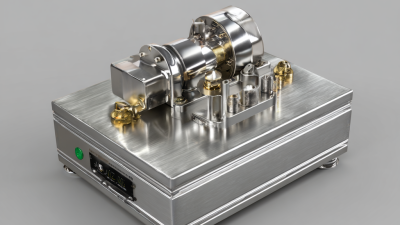Leave Your Message
In the rapidly evolving landscape of battery manufacturing, the optimization of production processes is essential for staying competitive in the market. The 32140 Cylindrical Battery Pilot Line presents a unique opportunity for manufacturers to enhance efficiency and product quality. According to a recent report by MarketsandMarkets, the cylindrical lithium-ion battery market is projected to grow at a CAGR of 20.1% from 2022 to 2027, highlighting the increasing demand for advanced battery solutions. Implementing a dedicated pilot line like the 32140 can significantly streamline operations, reduce waste, and improve production scalability. This innovative approach not only adheres to industry best practices but also aligns with sustainability goals, as noted in the International Energy Agency's report on energy efficiency in manufacturing. Embracing the capabilities of the 32140 Cylindrical Battery Pilot Line is a strategic step towards achieving superior operational performance and meeting the evolving demands of the battery market.
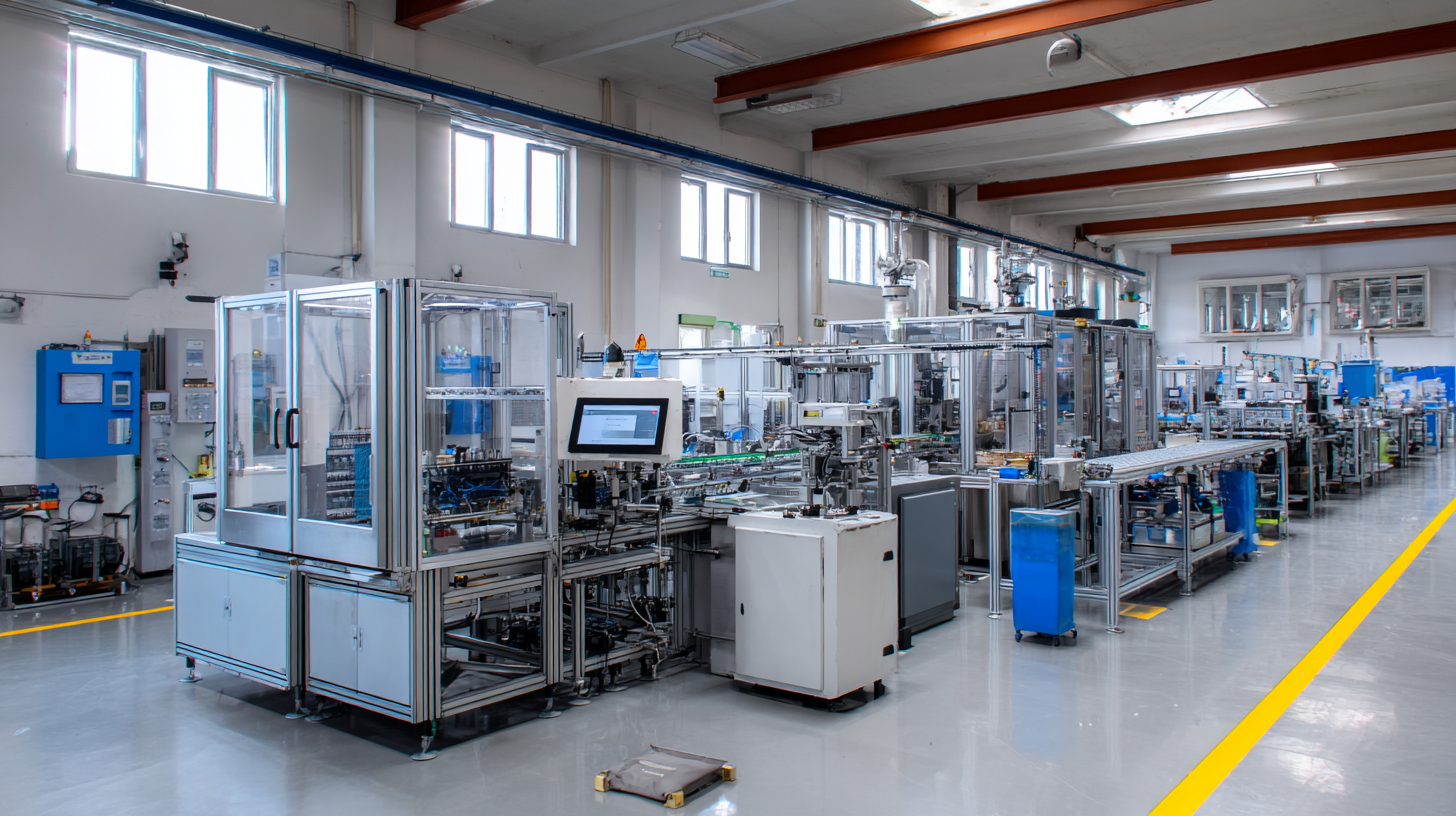
The 32140 cylindrical battery pilot line technology represents a significant advancement in battery production, particularly for lithium iron phosphate (LFP) batteries. This technology addresses the increasing demand for efficient and sustainable energy storage solutions. According to industry reports, the global LFP battery market is projected to grow at a CAGR of over 20% from 2023 to 2030, driven by the rising adoption of electric vehicles and renewable energy systems within the European Union. The 32140 format offers a compact design, making it ideal for both consumer electronics and larger-scale applications.
One of the key advantages of the 32140 cylindrical battery line is its ability to streamline production processes, reducing costs while enhancing output quality. Recent analyses indicate that implementing modernized pilot lines can lead to a 15-25% increase in production efficiency. This is crucial as manufacturers aim to maintain competitiveness in a market increasingly defined by rapid technological change and stringent regulatory standards, especially in the EU.
Furthermore, the circular economy's principles are increasingly influencing the value chain, emphasizing the need for more sustainable practices in battery production and recycling. Thus, integrating 32140 technology could position businesses favorably in this evolving landscape.
The 32140 cylindrical battery pilot line offers significant features and benefits that are crucial for optimizing production processes. This line is designed to handle the specific requirements of cylindrical battery manufacturing, ensuring high efficiency and consistency during production. Key features include advanced automation technologies that streamline workflow, minimize human error, and enhance overall safety. Furthermore, the integration of real-time monitoring systems allows for immediate adjustments in production parameters, thus maximizing output and maintaining quality.
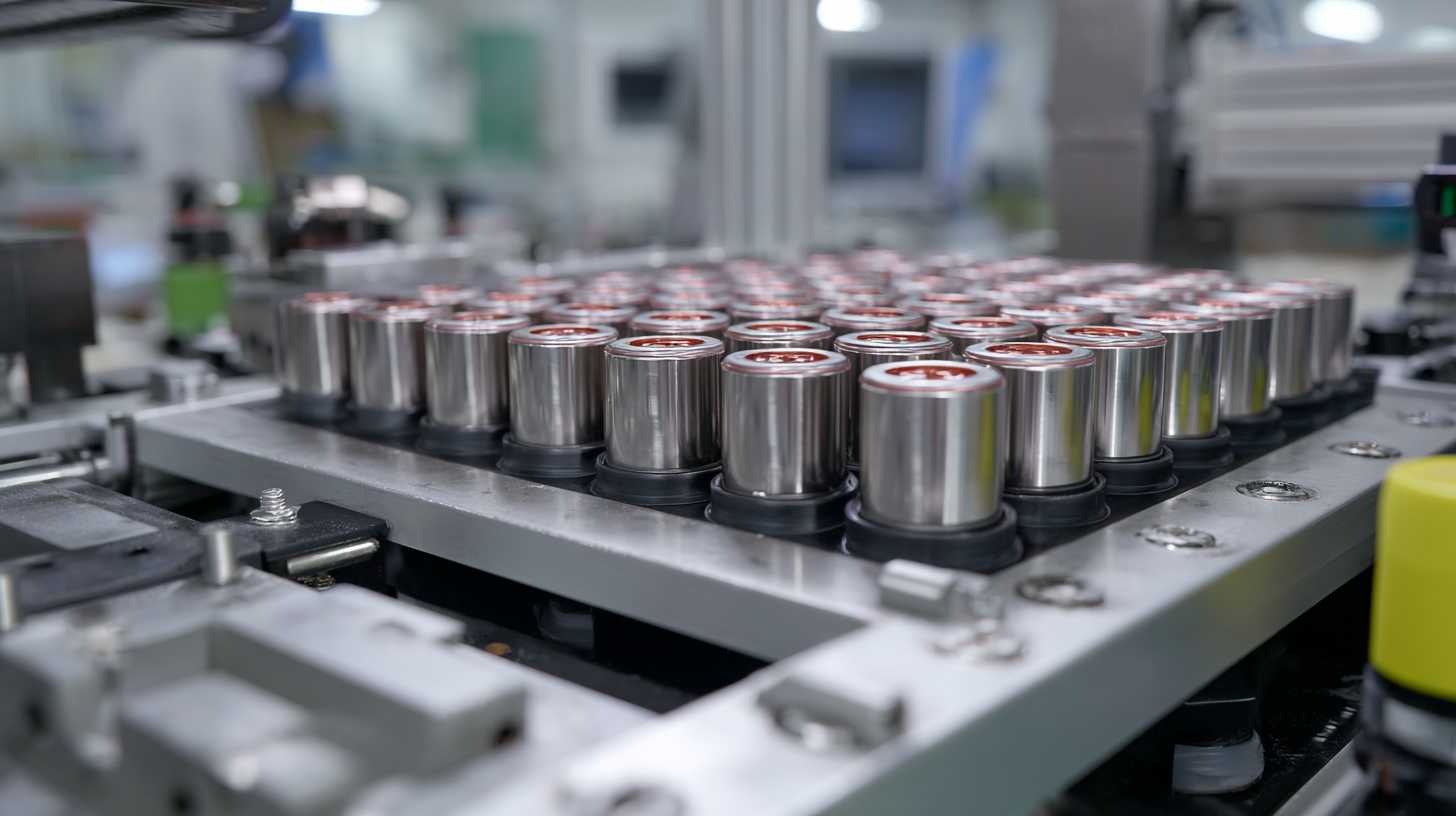
As the battery market evolves, particularly with the increasing interest in sodium-ion batteries, the 32140 pilot line stands out in supporting the transition toward alternative battery technologies. The line's adaptability will enable manufacturers to shift gears quickly in response to market demands, facilitating the rapid industrialization of new battery chemistries. This ability to integrate with existing processes while incorporating innovations makes the 32140 pilot line a valuable asset for companies aiming to stay competitive in a fast-paced energy landscape, especially as the industry approaches the commercialization of sodium-ion technology.
Implementing the 32140 cylindrical battery pilot line in your facility is a strategic move toward enhancing production efficiency and quality. The initial step involves a thorough assessment of your current production processes. According to a report from the International Energy Agency (IEA), optimizing production lines can lead to a 10-20% increase in output efficiency. This assessment allows you to identify bottlenecks and areas where the new pilot line will best fit within your operations.
Next, careful planning and integration of the 32140 pilot line are essential. Training your staff on new technologies associated with the cylindrical battery production process can enhance operational effectiveness. A study by McKinsey & Company highlights that organizations that invest in training can see up to a 30% increase in production quality. Ensuring your team is equipped with the necessary skills will not only smooth the implementation process but also maximize the potential benefits of the new technology.
**Tips:** Focus on small-scale pilot tests to monitor the integration process without disrupting existing production flows. Regular feedback from operators can also provide valuable insights for adjustments. Finally, keep an eye on emerging trends in battery technology, as ongoing innovations could further enhance your production capabilities and position in the market.
| Step | Description | Key Performance Indicator (KPI) | Expected Outcome |
|---|---|---|---|
| 1 | Assess current production processes and identify bottlenecks. | Bottleneck reduction percentage | 20% reduction in bottlenecks. |
| 2 | Implement the 32140 cylindrical battery pilot line setup. | Setup time | Setup completed in under 5 days. |
| 3 | Train staff on new processes associated with the 32140 pilot line. | Training completion rate | 95% of staff trained. |
| 4 | Monitor and analyze production efficiency data. | Production efficiency | Increase efficiency by 30%. |
| 5 | Conduct regular maintenance and quality checks on pilot line equipment. | Equipment downtime | Reduce downtime to less than 2%. |
The efficiency of battery production is more crucial than ever as the demand for energy storage solutions continues to soar. According to a recent industry report by IDTechEx, global demand for batteries is expected to reach 3,000 GWh by 2030, emphasizing the need for optimized production processes. The 32140 cylindrical battery pilot line represents a significant advancement in this field, enabling manufacturers to enhance their production capabilities while maintaining high quality and lower costs.
One of the key strategies for boosting efficiency in battery production lies in the adoption of automation and data-driven approaches. Incorporating advanced robotics and AI-driven systems can reduce cycle times and minimize human errors. Research from McKinsey & Company suggests that automation can improve manufacturing productivity by up to 25%. Moreover, real-time data analytics can provide insights into production bottlenecks, helping manufacturers to address issues before they escalate. By leveraging the capabilities of the 32140 pilot line alongside these technologies, companies can streamline operations, leading to faster turnaround times and ultimately a stronger competitive position in the battery market.
As the demand for cylindrical batteries continues to rise, the production industry is evolving to enhance efficiency and sustainability. Future trends in cylindrical battery production point toward the integration of advanced automation technologies. With the rise of Industry 4.0, smart factories equipped with IoT devices will facilitate real-time monitoring and predictive maintenance, minimizing downtime and streamlining the entire production process. The use of machine learning algorithms will further enable manufacturers to analyze data patterns, allowing for continuous optimization of workflows and resource allocation.
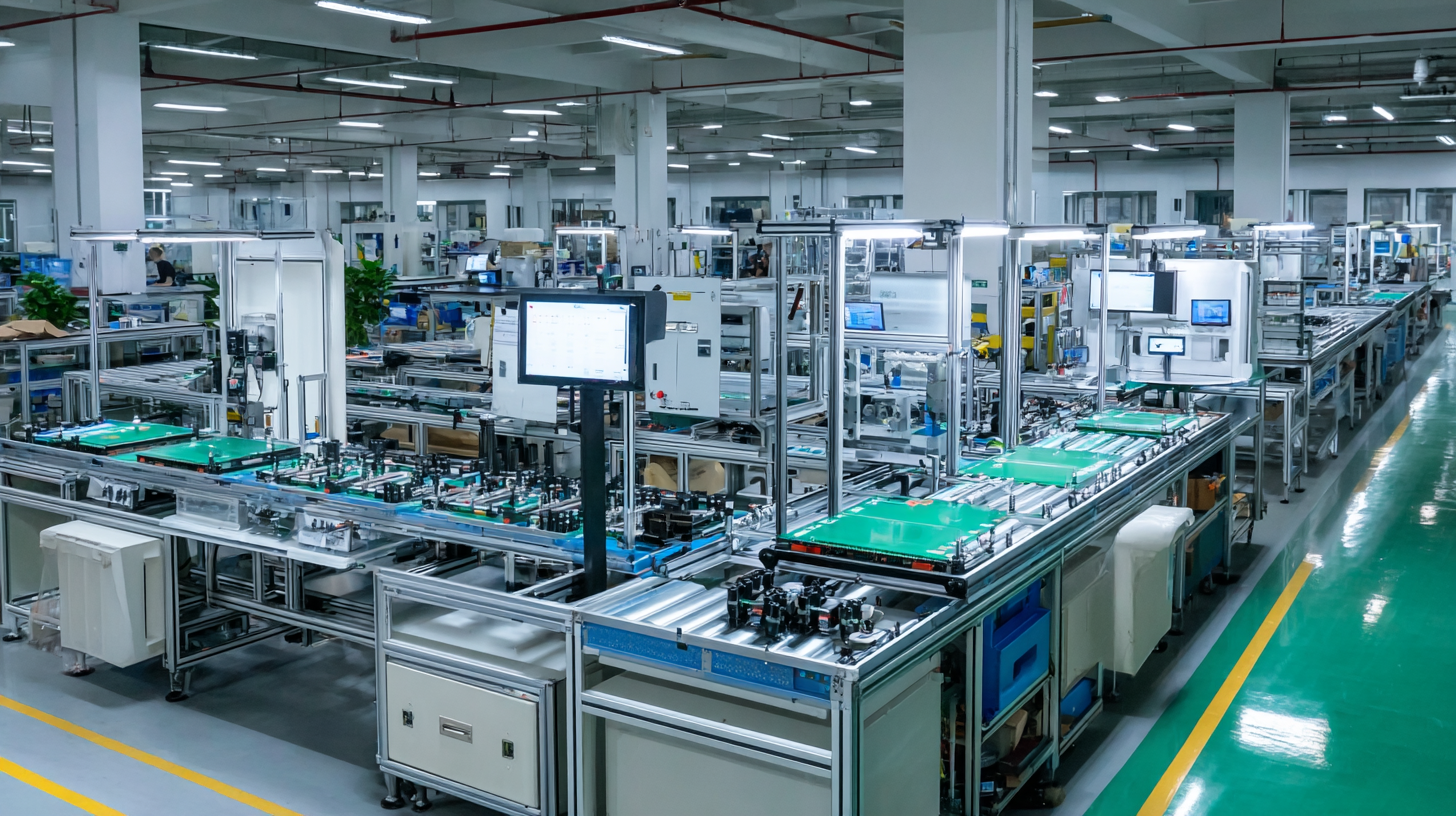
Moreover, sustainability remains a key focus in the optimization of battery production processes. The adoption of eco-friendly materials, along with innovative recycling techniques, will not only meet regulatory requirements but also appeal to environmentally conscious consumers. Future technologies such as solid-state batteries are expected to shift production standards by reducing reliance on hazardous materials and enhancing energy density. As these trends unfold, companies leveraging the 32140 cylindrical battery pilot line will find significant opportunities to improve their production capabilities while adapting to market demands and sustainability goals.

